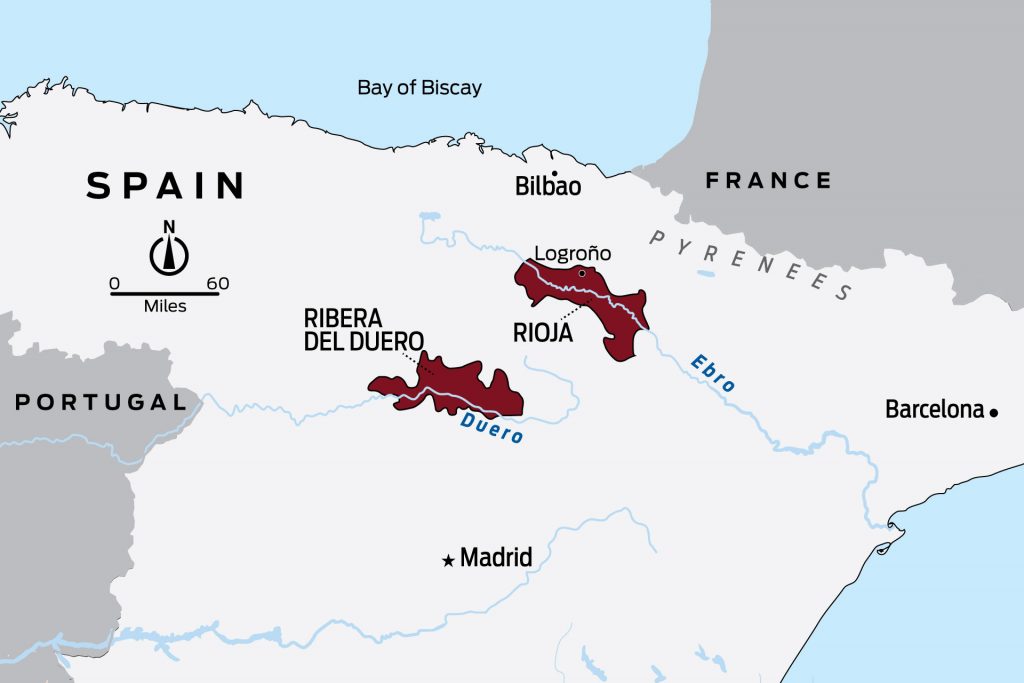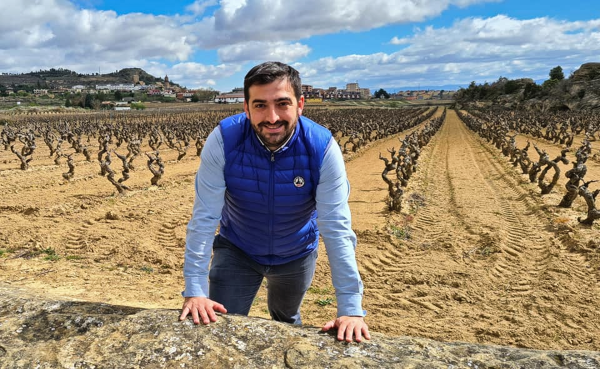We have left Burgundy, headed South for the Rhone Valley, and the distance swiftly skips by as we cruise down the Autoroute. The motorway network is a marvel in France, and while not quite German autobahn material the speed limit is still a generous 130kph in good conditions. It feels completely safe at this speed, and apparently still safe at considerably faster speeds judging on the number of sleek European cars happily zooming down the fast lane well in excess of the limit. The roads have a nice even surface, well cambered corners, regular ‘Aires’ or rest stops, many complete with petrol stations, mini cafes, and picnic areas. As a result one could travel the length of the country without visiting a town so long as you had a working credit card.
We have some time up our sleeves even after allowing for traffic jams on the outskirts of Lyon, and detour to Ampuis, one of the villages squeezed between the Rhone River and the steep hills adjacent. The river has carved a channel through the granite over millennia - those steep hillsides are home to thousands of grape vines, tenuously grasping the rock to ripen small bunches of Syrah grapes. This is home turf for the grape, and the coveted vineyards produce the wines of Cote Rotie (literally the Roasted Slope). We drop in on a small wine shop for an animated conversation about the region and recent years vintages.

After a quick lunch perched high on the hills amongst the vines we are on our way again to Tain-l’Hermitage- home to one of our long-standing suppliers. David at Cave de Tain is still with the company, 5 years after our first meeting with him and still extremely enthusiastic about the wines and the cutting edge facilities. A quick tour of the winery and cellars includes a wander through the barrel room. The scale of operations is impressive, even with many of their wines being completely unoaked, there are around 1800 barrels maturing here, and they are mostly the larger 500l versions rather than the classic Burgundian 225l. A tasting of the new vintages sends us back on the road into the South.
Well is it the Rhone, or is it Provence? Viticulturally this area is considered the Southern Rhone, but culturally it is Provence. The vineyards here are different to the Northern Rhone too. Up North the steep hills grow Syrah vertically up narrow poles, whereas the South is dominated by stumpy gnarled Grenache vines on gently undulating plains. Granite soils are replaced with Limestone, sometimes topped with large round riverstones, especially in the famous appellation of Chateauneuf du Pape.

We are staying in the town of Segueret, another of the ‘Plus Beau Villages’. Perched against an almost sheer hillside, the elevation offers the entire town stunning vistas over the surrounding countryside - seas of grapevines separated by narrow country roads and quiet medieval towns. This village is one of a precious few than can produce Cotes du Rhone wines with the name of the village on the front of the bottle- a sign of superior quality, just one step below the famous Crus wines. Our host has helpfully left for us a lineup of several wines from nearby wineries for evaluation.

We have settled into something of a morning routine on our journey, with breakfast usually involving a visit to a local boulangerie. Katie and I have become amateur pastry critics, a croissant should be not too bready, nor too flaky, and certainly not over under or overcooked! Of course for comparison we also have to try the Pain au chocolat, or maybe Pain au Raisen, maybe a fruit tartlet or a cheeky apple donut. It certainly helps to line the stomach when there is a full day of wine tasting ahead - we are visiting our old favourite producers, along with searching out new wines from the region.
Domaine la Garrigue welcomes us back, generous with their time considering that harvest started two days ago, though it will continue for almost a month given everything is painstakingly picked by hand. The wines are looking excellent, especially their bold and spicy Gigondas, and the complex & beguiling Vacqueyras. Sadly there will be little wine from the 2017 vintage due to coulure (or ‘shatter’ in our lingo) where the fruit fails to pollenate properly. Grenache is particularly prone to this, and it is said that the size of the vintage is determined in the spring, the quality in the autumn. This year looks to be another year of great quality, though again of smaller size. Our visit with Garrigue finishes with an exchange, we have brought a wine from Ata Rangi with us, which is to be tasted with interest by some four generations of the Bernard family.

Nearby Vaison-la-Romaine is the nearest town with full services, and boasts the largest Gallo-Roman archaeology site in France that is open to the public. Initially settled some 600 years BC the Roman influence came later through trade routes. As the regional capital in 200AD the town was home to some palatial residences, as the ruins in the middle of the town attest. A museum onsite holds an impressive collection of artifacts from the town.

By the middle ages most of the town migrated to the protection of a small steep hillside, the ‘haut ville’, until security settled in the region. The central fortress was slowly abandoned and the town stated spreading again to build over the top of the old Roman ruins.
Market day is an important time for villages across France, in many cases the entirety of the town centre is closed off. Sometimes these were markets officially sanctioned by a bishop of antiquity, and continued on the same day every week ever since. Vaison has one of the largest and most important markets in the region, with some 200+ stands hawking local specialty produce, fresh cheeses, fresh and cured meats, seafood, antiques, along with artists, clothing, and Chinese mass produced nicknacks.

Segueret has an evening market, and this week is the last for the year with the tourist season winding down. Why exactly we are not sure, it is still over 30C in the afternoon as foodtrucks and local artisans converge on the town to lure locals and visitors alike. The atmosphere is almost that of a party, young couples mingle with small family reunions, with a local family dog looking for generous or careless children willing to share their dinner. Local wine is served cheaply in unmarked bottles, the fishmonger also cooks up your choice on the spot ready to eat. We gorge on local sheeps cheese, woodfired pizza, and artisan fruit tart.

As the sun sets the cream stone walls of the town turn a golden apricot colour. Soon we are on to the last leg of our journey.




